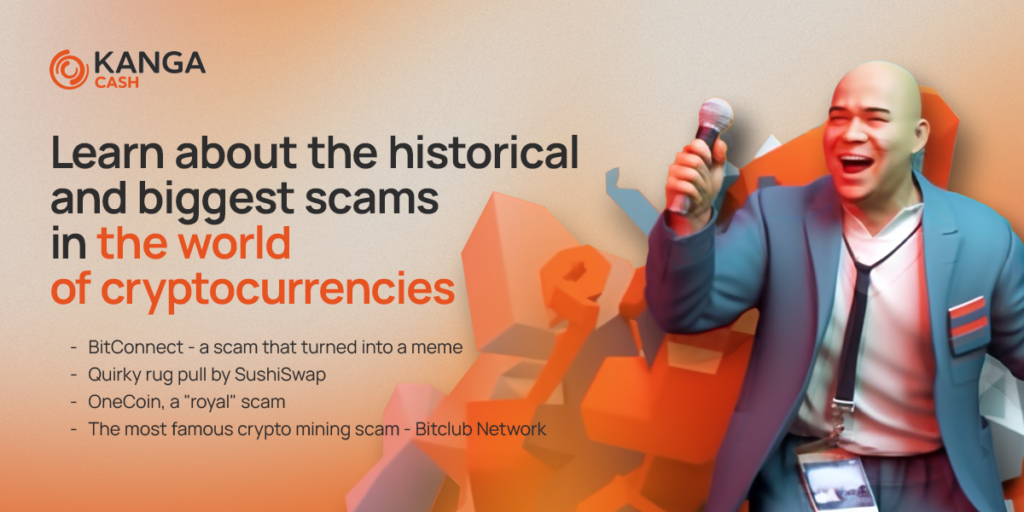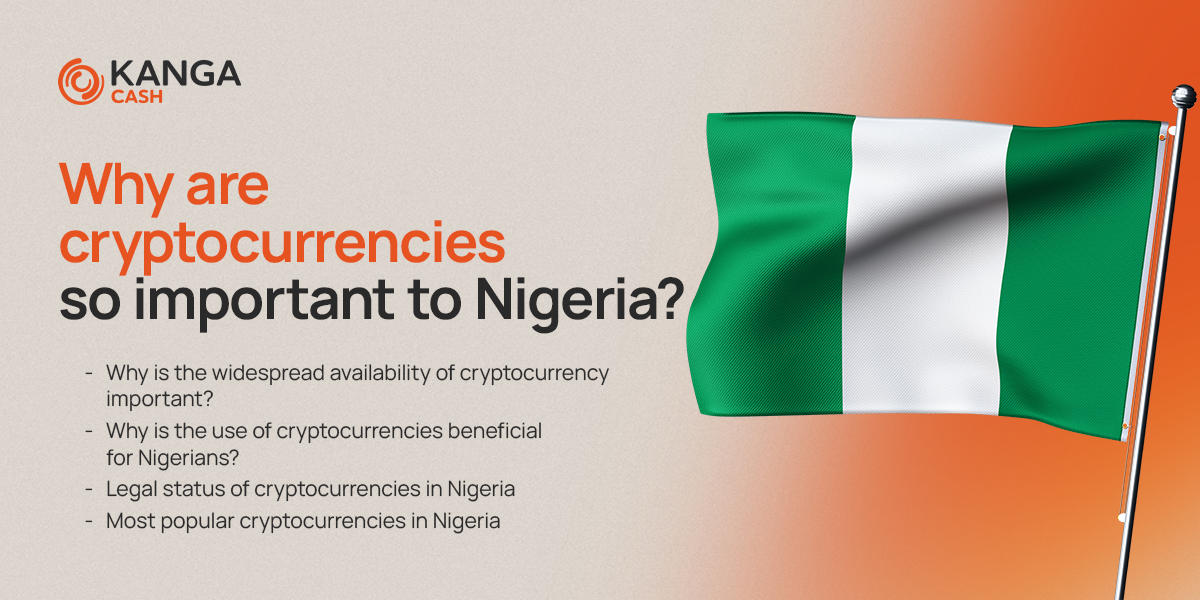Learn about the historical and biggest scams in the world of cryptocurrencies

The cryptocurrency market offers a lot of opportunities, there is no doubt about it. Unfortunately, this ecosystem also attracts delinquents who, through manipulation, fraud or generating artificial interest, want to make money on human naivety, supported by the desire to make a large capital in a short time. As a warning, we have for you a list of the biggest scams in the digital currency industry.
BitConnect – a scam that turned into a meme
The cryptocurrency platform BitConnect, founded by Satish Kumbhani, has been accused by the US Department of Justice of fraudulently raising capital of USD 2.4 billion. Moreover, the entity described the activity of this project as a textbook use of a Ponzi scheme.
In the period from February 2016 to January 2018, BitConnect lured investors with the vision of guaranteeing monthly returns of up to 40%. At the same time, this profit was to be generated by trading on unstable cryptocurrency exchange markets. This was done using a “loan program” – investors exchanged their bitcoins to purchase the equivalent in the form of BitConnect Coin (BCC) of the platform’s native token. This was done under the Proof-of-Stake consensus, so the investor received interest payments in exchange for the purchase.
On paper, the whole model made sense. However, during the Justice Department investigation, it was revealed that BitConnent was not really a trading platform. Funds from new investors were used to pay for the earlier ones. The transfers went to digital wallets controlled by both Kumbhani and his co-conspirators. In addition, they did not shy away from manipulating the BCC price in order to earn more.
Luckily, regulatory investigations led to BitConnect giving up the ghost in 2018.
Today, however, BitConnect is associated primarily with the iconic, meme speech of Carlos Matos, a New York investor, who gave an overly optimistic presentation about the entire project at the first (and only) BitConnecta event on October 28, 2017 in Thailand. If you are interested in what happened there, we refer you to the material below:
Quirky rug pull by SushiSwap
SushiSwap is a type of decentralized exchange known as automated market making. It allows you to trade cryptocurrencies without the participation of the central authority managing individual transactions. Moreover, SushiSwap determines the prices of individual currencies automatically, based on specific mathematical formulas and processes the transaction using smart contracts.
At first, SushiSwap appeared to be a miracle child of the cryptocurrency world. Evidence? From its launch on August 28, 2020, the project needed one day to reach Total Value Locked at $150 million. After a few more days, the SUSHI token was listed on Binance and FTX. Concluding, on September 4, TVL changed the cap to $1.8 billion. Impressive.
Of course, this list does not include flawless entities, so something must have gone wrong in the end.
One of the creators of SushiSwap, hiding under the pseudonym Chef Nomi, suddenly sold his SUSHI tokens and used them to buy ETH. He earned $14 million from this transaction, and based his decision on a desire to organize funds for the further development of the exchange.
Effect? The price of the token has decreased by over 50%! Only exorbitant gas prices “protected” the token from an even greater drop in value. It should also be mentioned that many people downplayed what Chef Nomi did and did not decide to sell their tokens, for fear of a complete collapse of its price.
OneCoin, a “royal” scam
Here is another crypto project on our list, based on a regrettable Ponzi scheme.
OneCoin was founded by Ruja Ignatova, a German entrepreneur of Bulgarian descent, nicknamed “The Crypto Queen” by the media. OneCoin was not so much a decentralized cryptocurrency as a centralized currency hosted via servers owned by a company called OneCoin Ltd. It was only later revealed that it was a cryptocurrency without a blockchain or payment system. This was in conflict with its original assumption – there were 120 billion coins to be mined (sic!), which could be used to pay fees.
The main activity of OneCoin Ltd. was considered to be the sale of educational materials related to e.g. with investing in cryptocurrencies. The courses based their model on multi-level marketing (MLM), where the buyer could gain rewards for offering the course to other people. These prizes were the tokens used to mine OneCoins. To make it more fun, the training materials were found to be plagiarism.
However, nothing lasts forever and since 2016, more and more doubts began to arise around OneCoin. Individual countries began to investigate the activities of Ignatova’s company more intensively, until finally the Norwegian Direct Selling Association in March of the same year officially called OneCoin a “financial pyramid”. A few months later, in December, the Hungarian Central Bank adopted a similar position.
Subsequently, at the beginning of 2018, the Bulgarian police raided the headquarters of OneCoin Ltd. Justice, however, was not fully served, because after issuing a warrant for the arrest of Ruja Ignatova in 2017, she sank into the ground and is still considered missing. Since June 2022, he has been on the honorable list of the FBI’s 10 Most Wanted Fugitives #deserved.
The most famous crypto mining scam – Bitclub Network
Bitclub Network was a crypto project that ran from April 2014 to December 2019. It consisted in soliciting investors for money, who in return were to receive shares in theoretical cryptocurrency mining pools and offering rewards to people soliciting further potential clients. Yes, for the third time in this article we are dealing with a Ponzi scheme.
The plan of the founders in the person of Silvio Catalin Balaci and Matthew Brent Goettsche was, for lack of better words, perfidious and brazen. It assumed that the target group of the BitClub network would be “unaware sheep”, and the entire project would be “built on the backs of idiots”.
BitClub investors have been informed about the possibility of investing in 3 dedicated bitcoin mining pools. During interrogations by the US Internal Revenue Service, Balaci confessed that Goettsche had manipulated bitcoin earnings in such a way as to make Bitclub Network look like a more profitable business than it really was. Investors lost at least $722 million due to the fake daily income boost.
As for the ringleaders of the whole situation, the Goettsche case has been adjourned for the time being due to the “discovery of additional information” and the possibility of a potential settlement. In turn, Belaci in 2020 was sentenced to 5 years in prison and a fine of 250,000. dollars.
Summary
Let’s not be naive. There has not been and will not be a transitional moment where the cryptocurrency scam will cease to exist. The only thing we can do is to be vigilant, focus on education and use proven platforms, which are safe cryptocurrency exchanges.
Thank you for reading! For those who have arrived here, we have prepared the “PRZESTROGA” code reducing the transaction in exchange offices by 0.25% (valid for a week, until June 15!).


